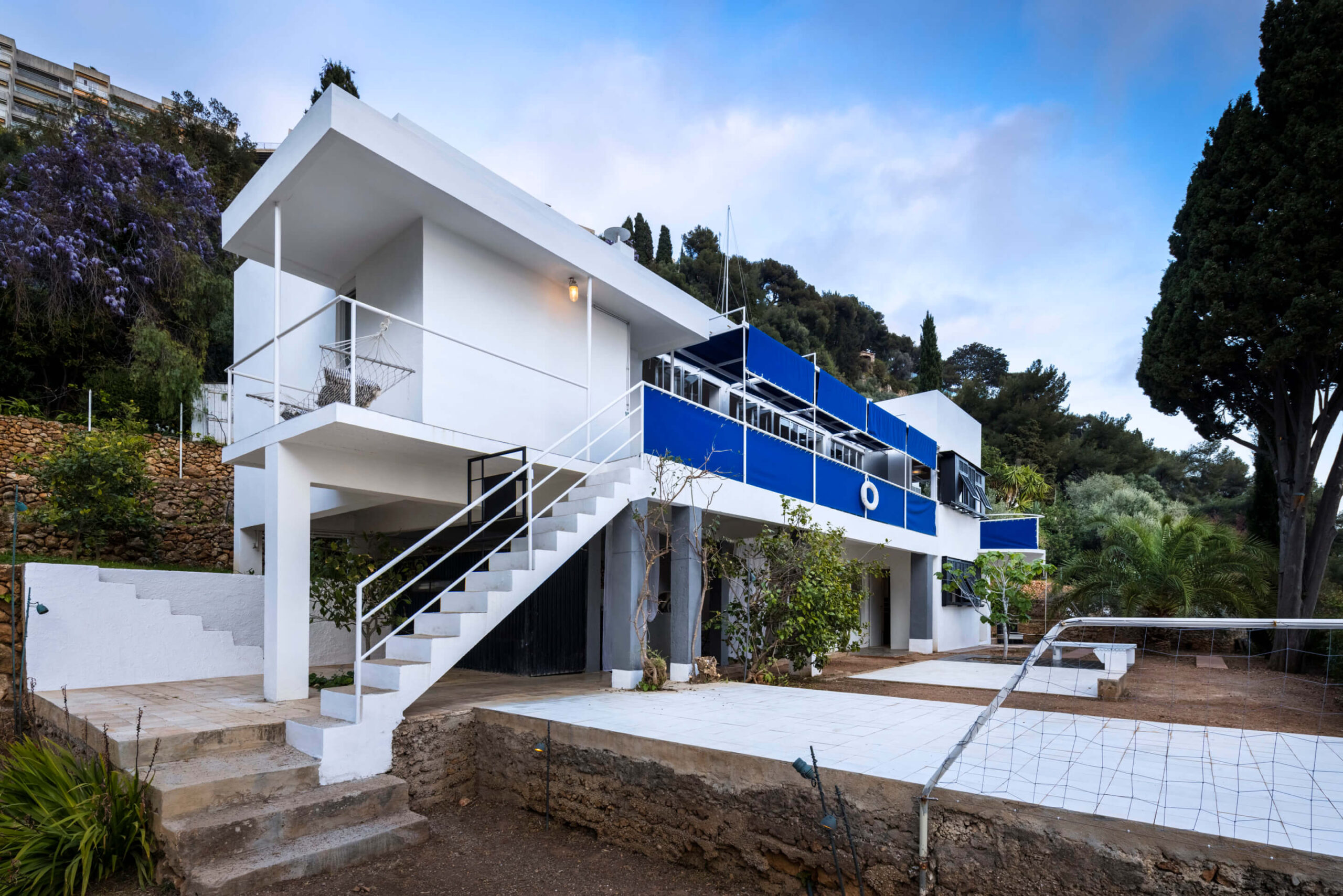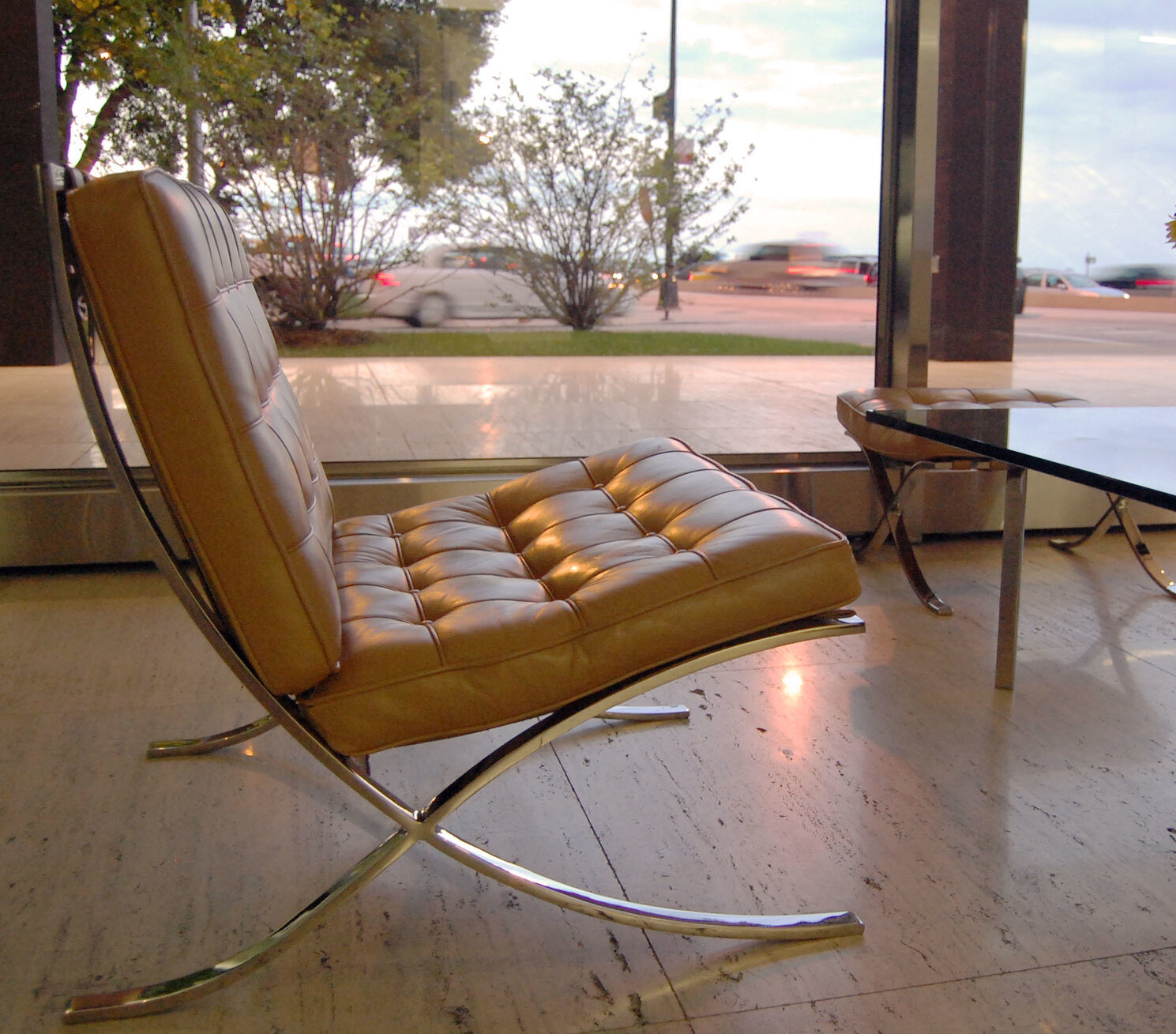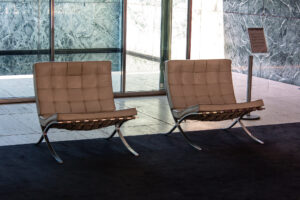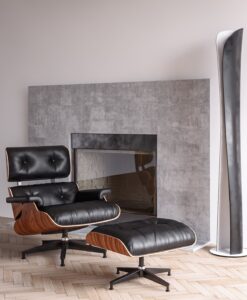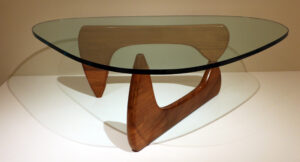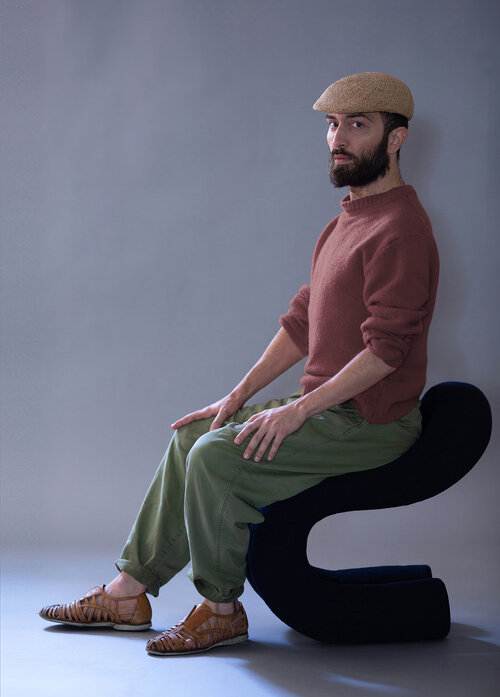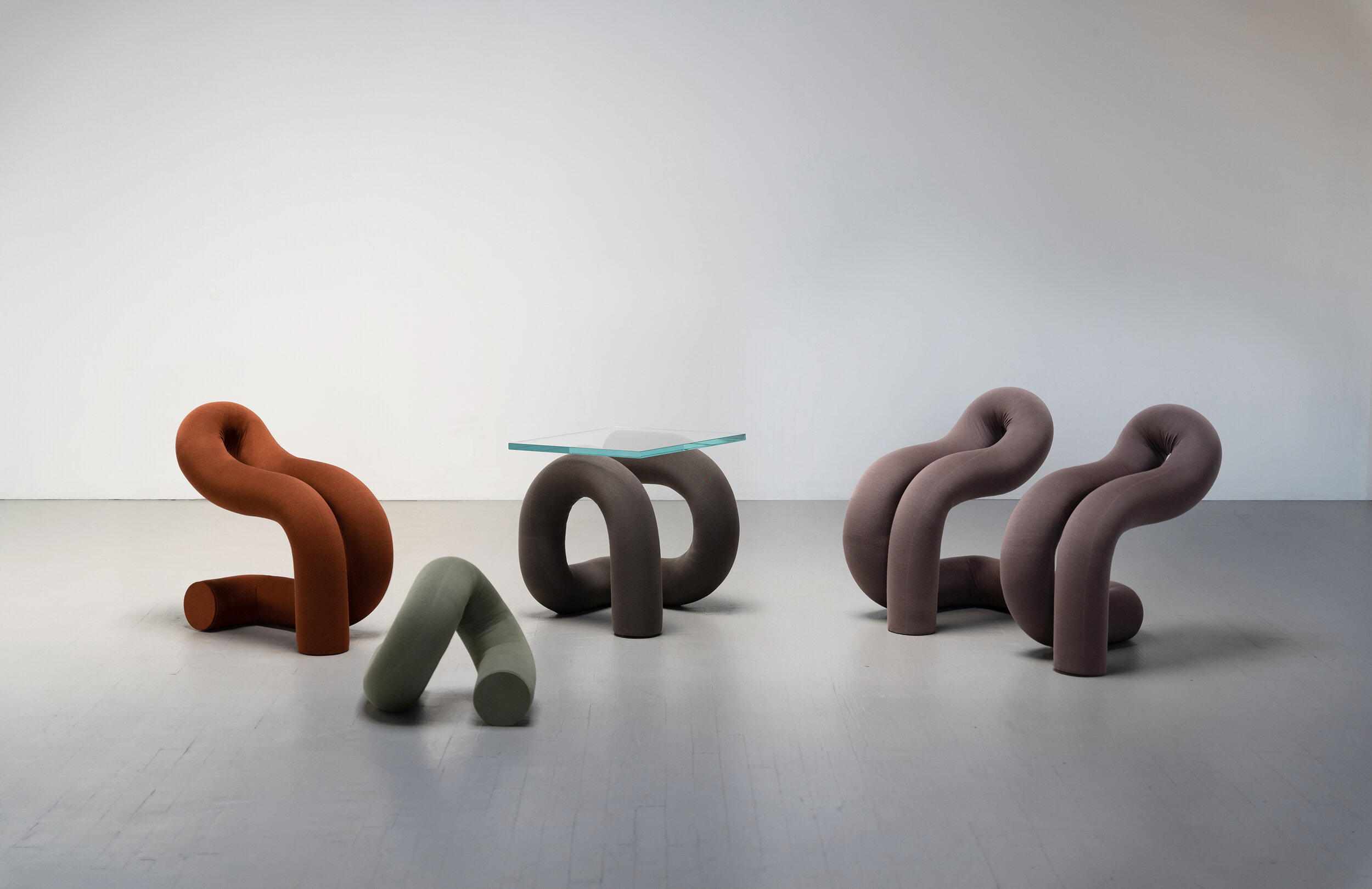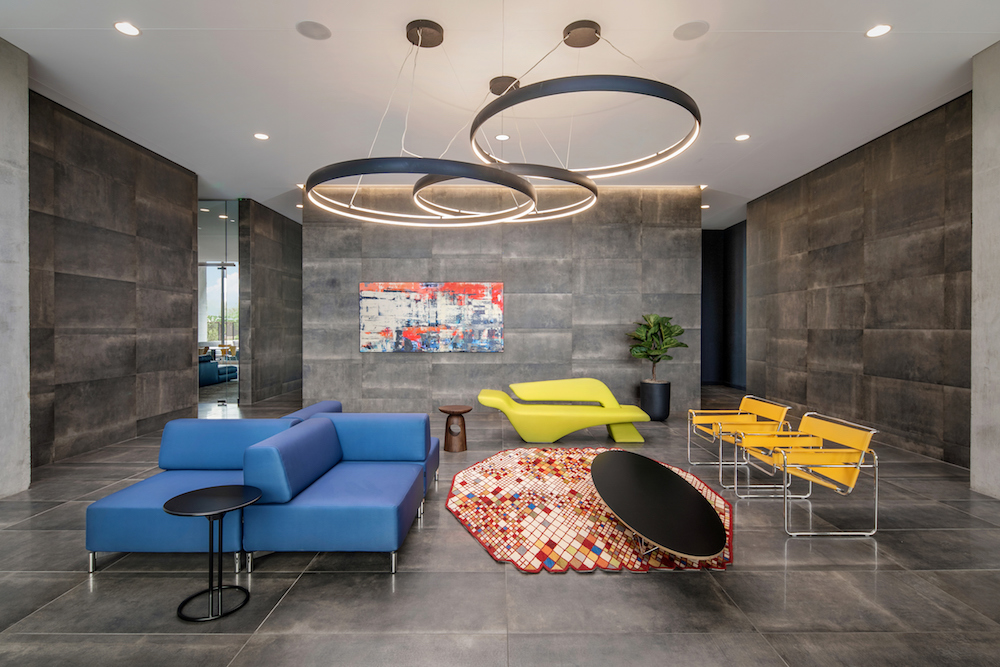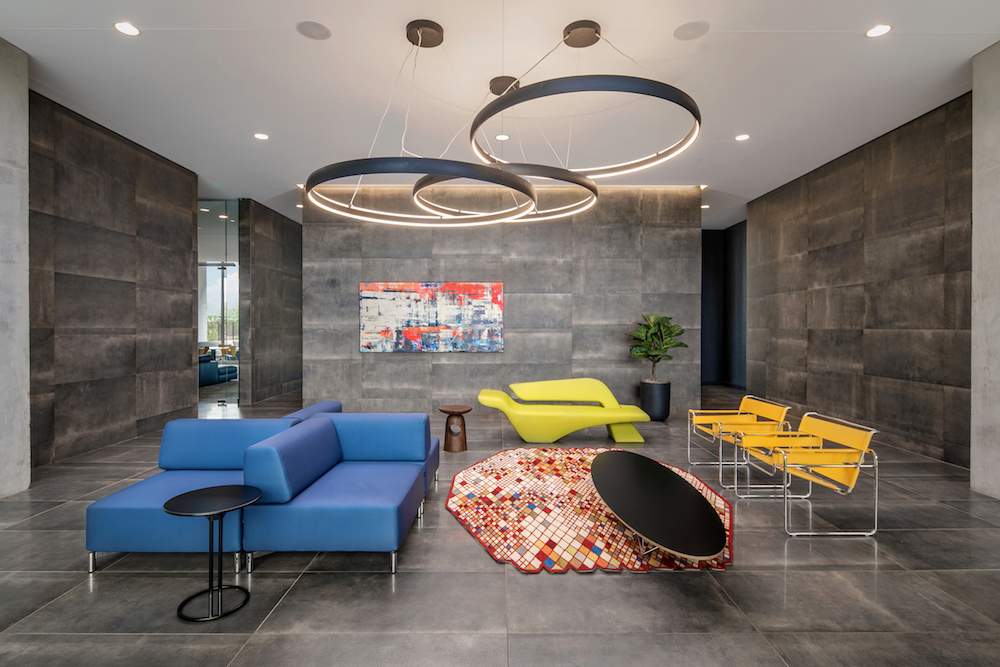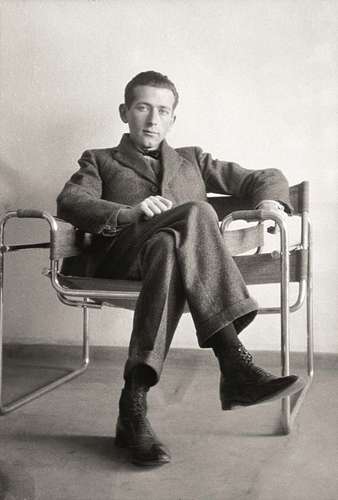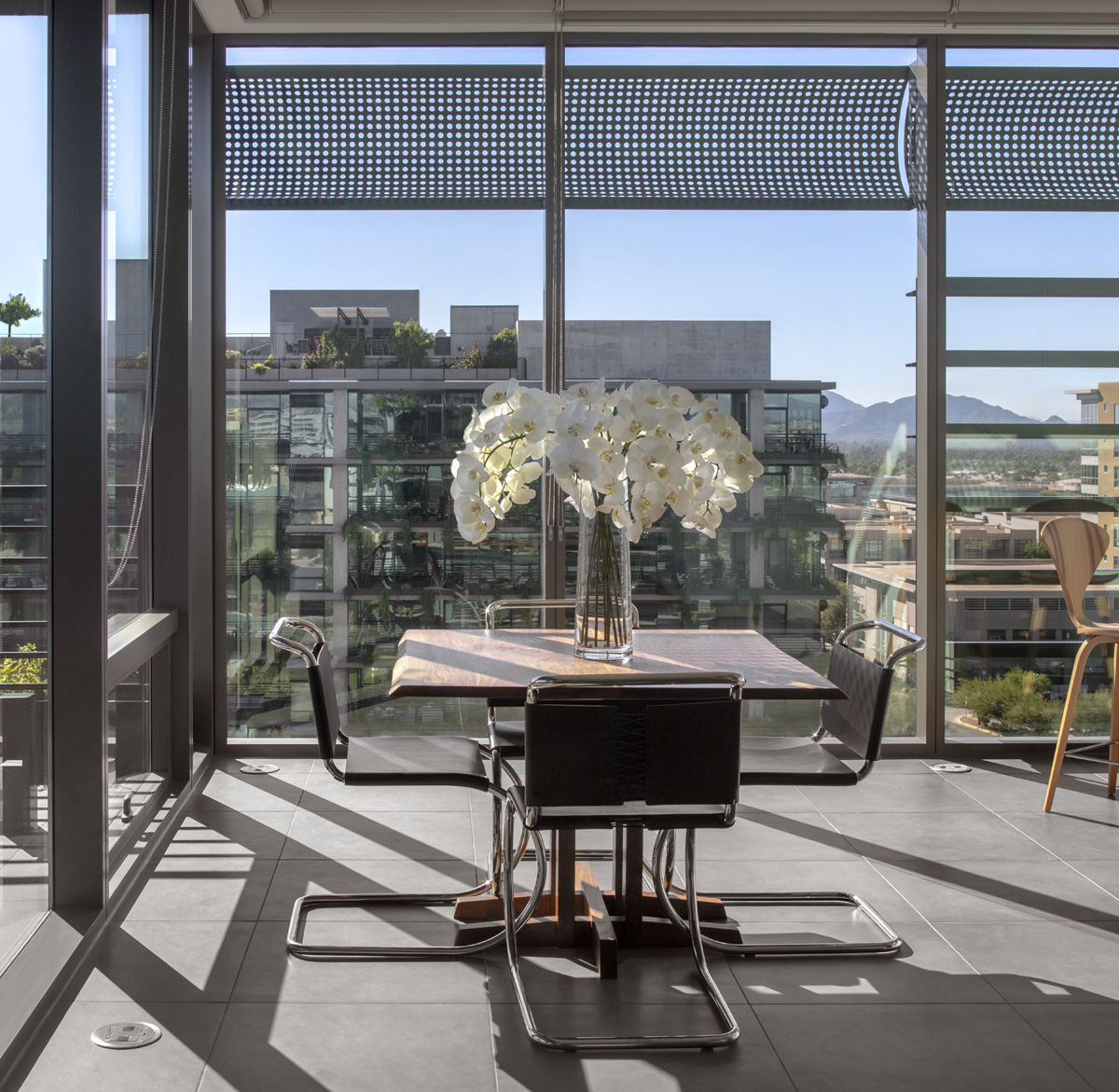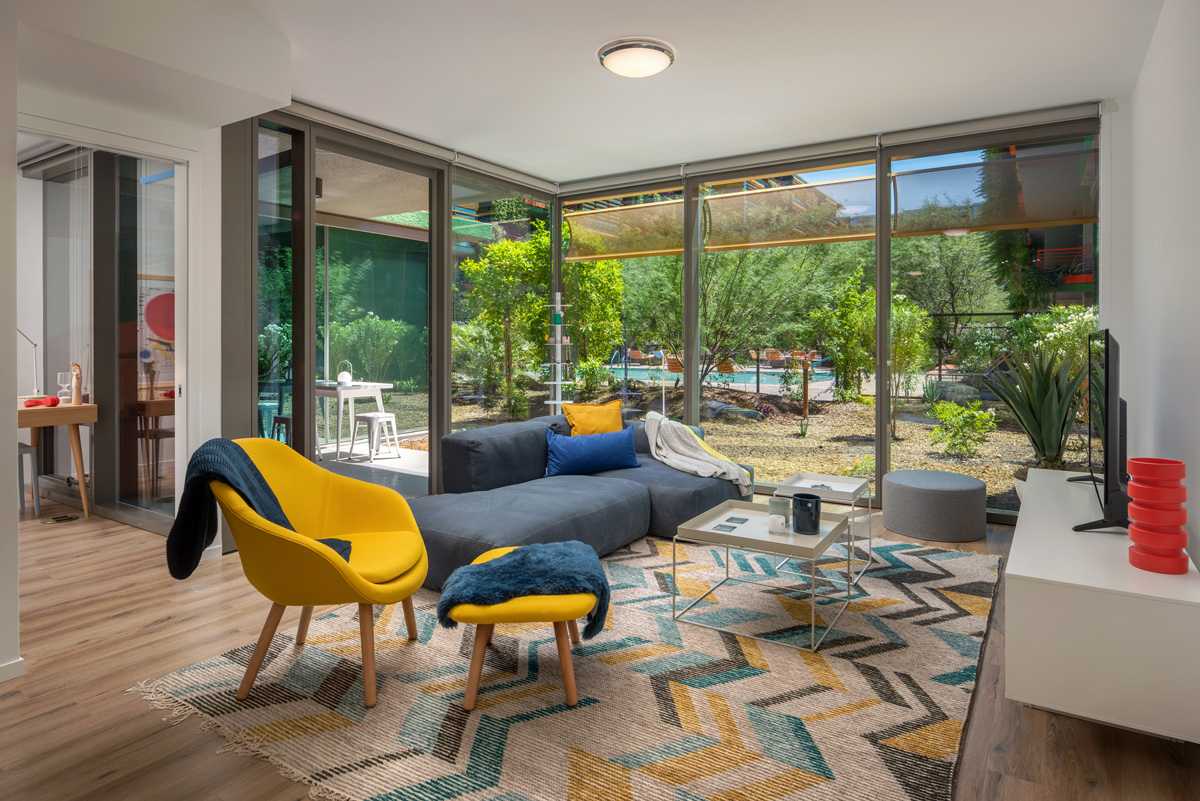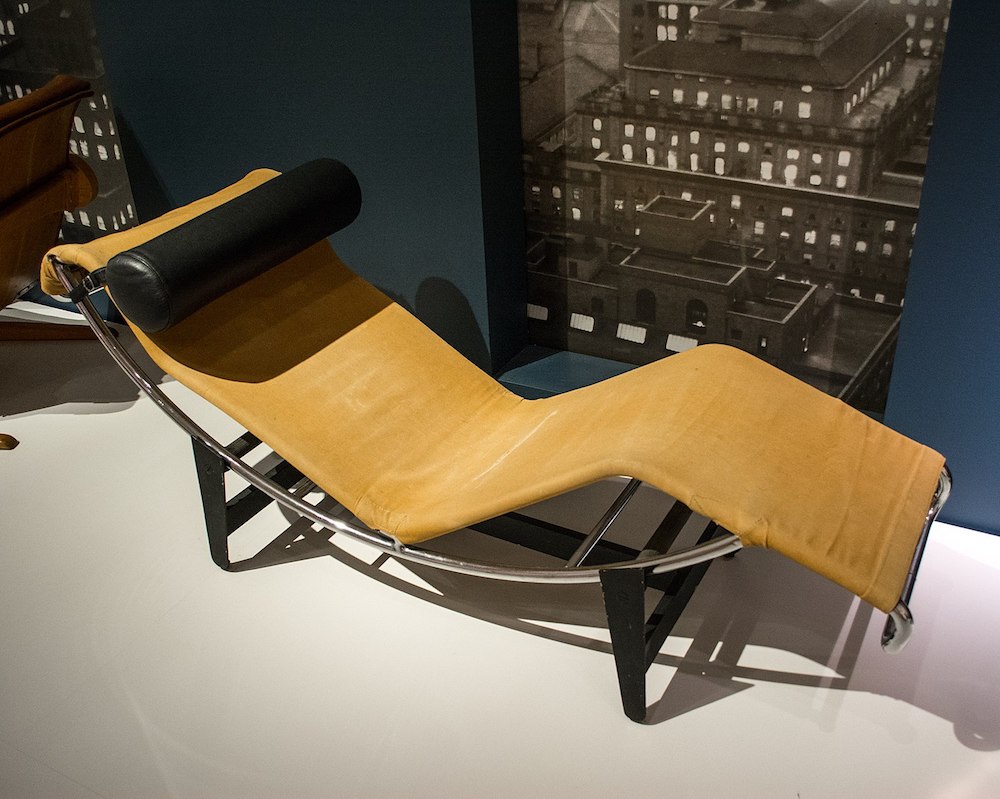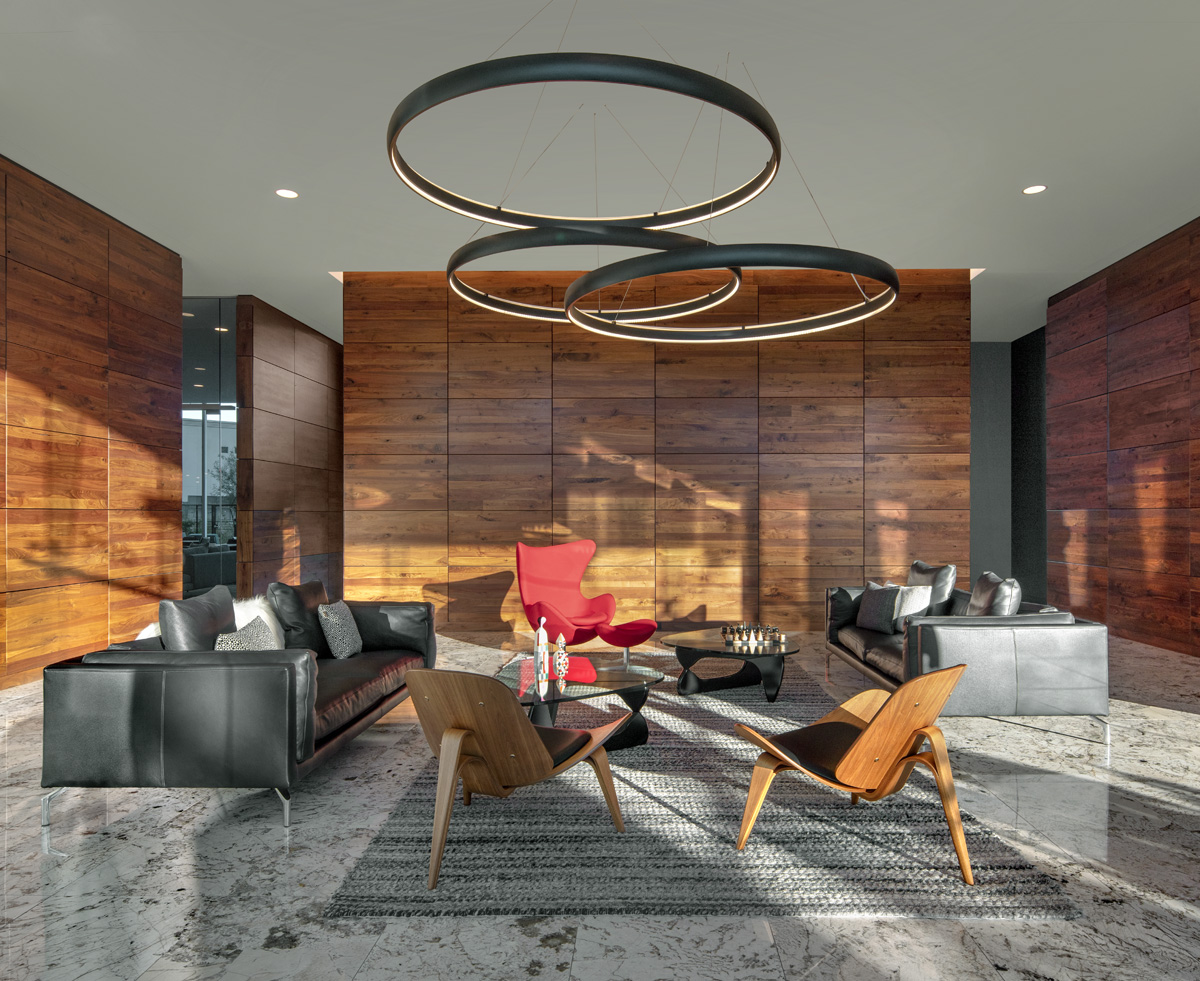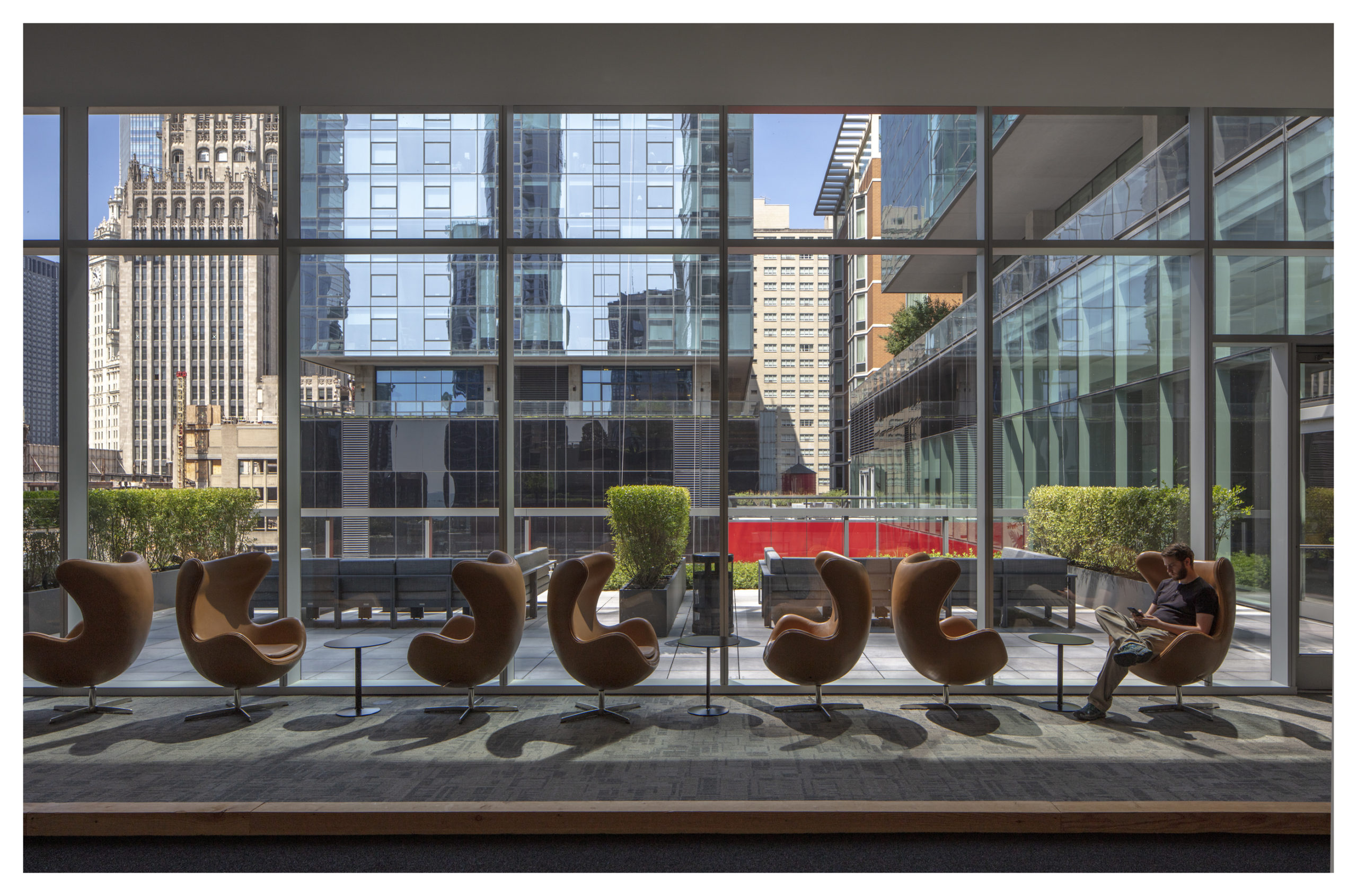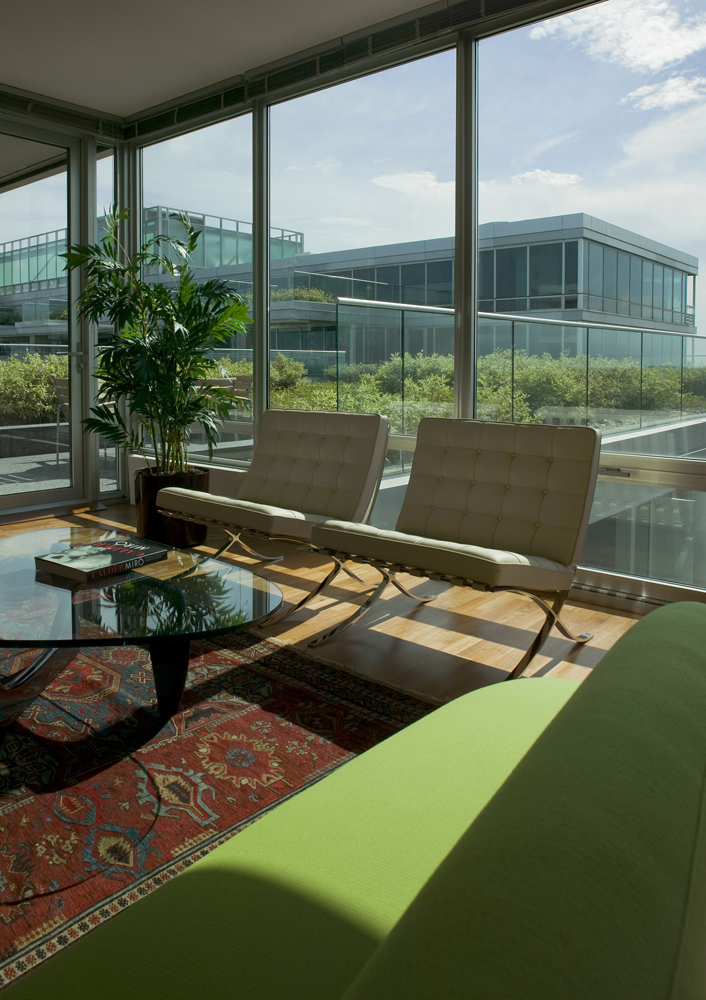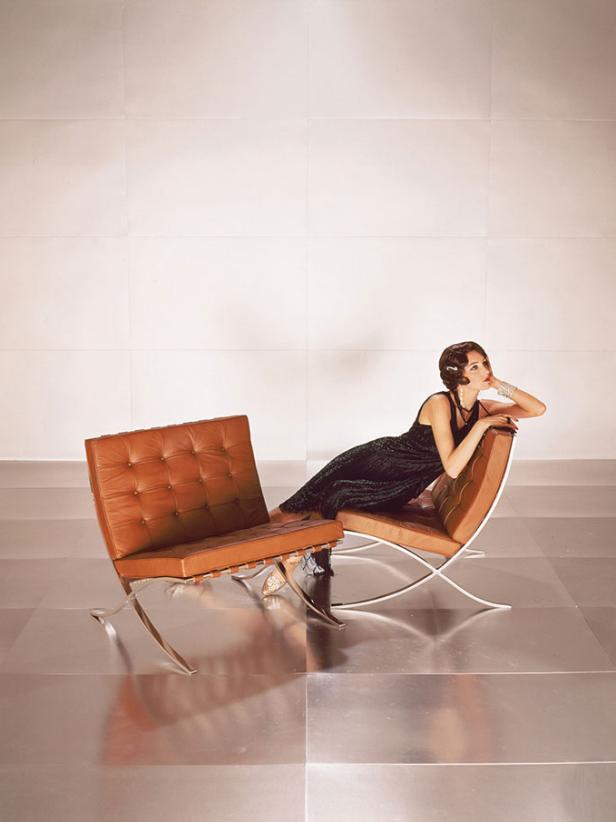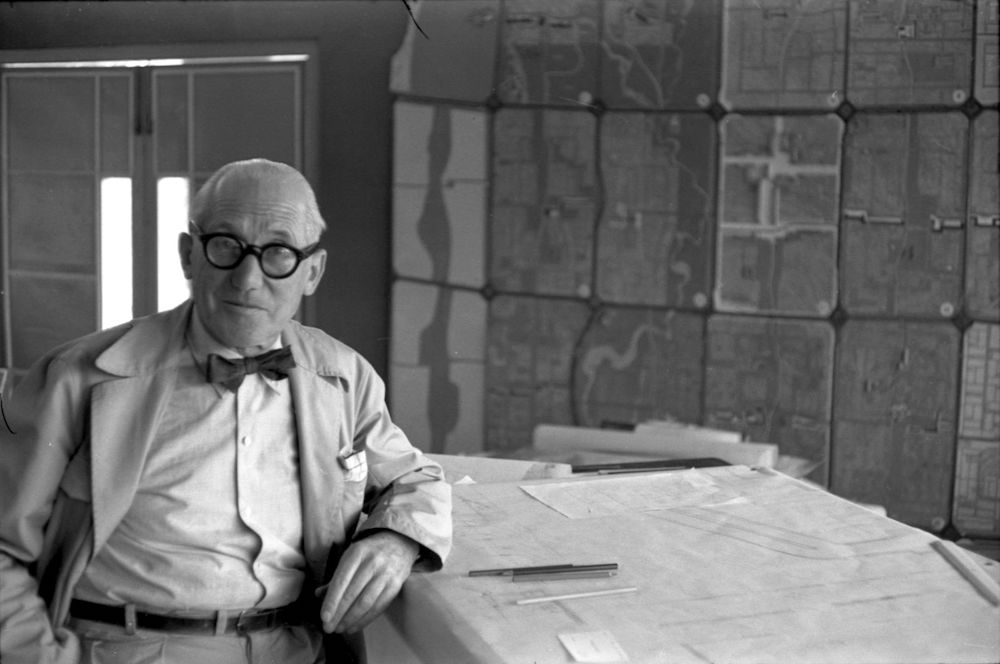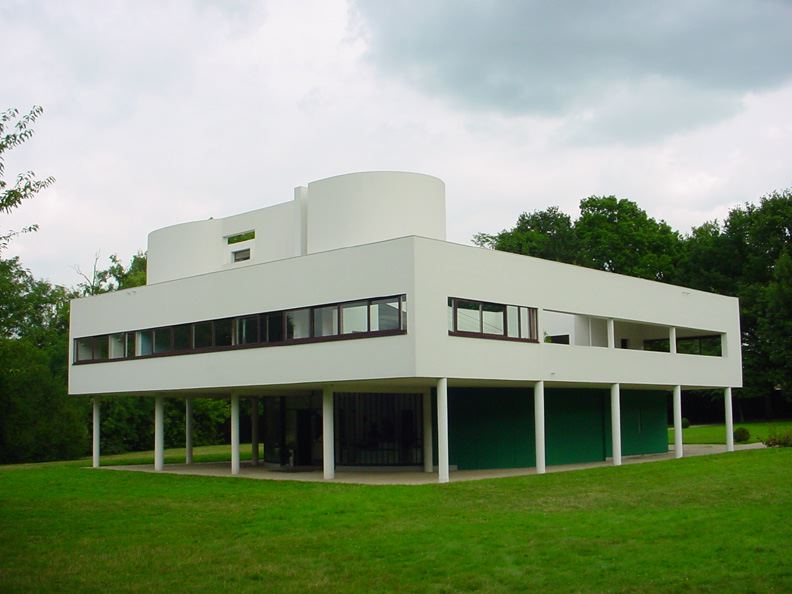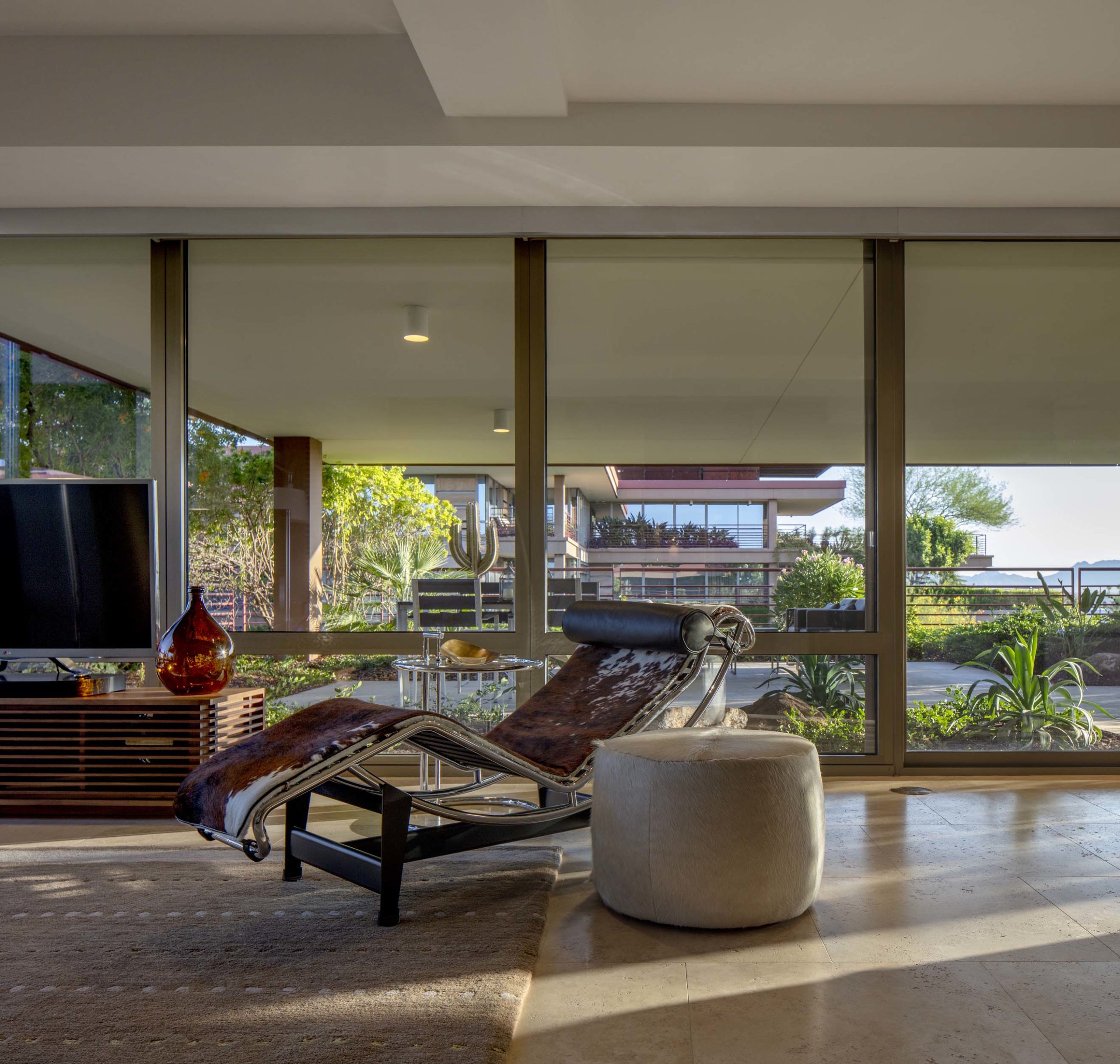Previously, in our Women in Architecture Series, we highlighted the streamlined, industrial style of the modernist designer and architect Eileen Gray, which you can read here. Of her many projects, Gray’s French Riviera villa, E-1027, remains most notable. Over time, the grandiose structure fell into ruins, but following an extensive restoration project, Gray’s Villa E-1027 has reopened to the public.
In its prime, one of the property’s most beloved visitors was Le Corbusier. Following his death, the villa experienced neglect from numerous tenants for years. However, the property was purchased in 1999 by the French agency, Conservatoire du littoral, to oversee its protection and preservation. Later, in 2014 they established the Cap Moderne Association to manage the rehabilitation. After six years of comprehensive restoration work, the E-1027 villa mirrors the original design that was completed in 1929 by Gray and her husband, Jean Badovici.
The project aimed to restore both the exterior environment and the interior fixtures of the villa. Inside, new built-in and free-standing furniture and artwork reflect the villa’s original lived-in state from nearly a century ago. Visitors are invited to consider how Gray pioneered an interpretation of modernist warmth with welcoming internal fixtures that contrast the villa’s sometimes cold, concrete structure.
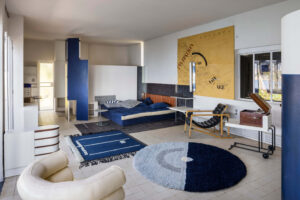
On the exterior, vibrant blue awnings covering the outdoor walkways offset the villa’s bright white walls. The “house by the sea” is intended to be a living organism within the structure’s larger atmosphere. Surrounded by lush greenery and landscaping on its north and south-west sides and built on pilotis just above a plunging cliff into the sea, the villa successfully fulfills Gray’s goal of being harmoniously integrated into its environment.
Timed tours of this modernist wonder are currently available for small groups looking for a getaway. You can learn more about E-1027 and how to visit it on Cap Moderne’s website here.
